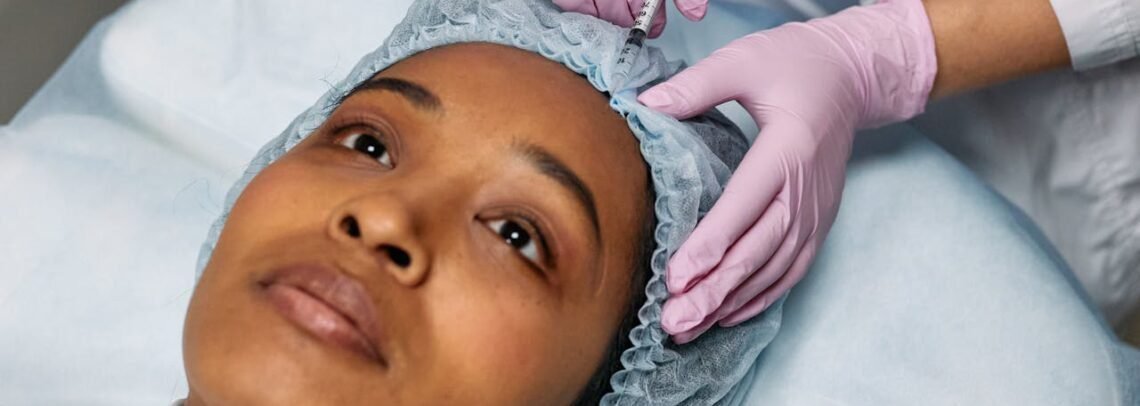What are the most Common Side Effects of Dermal Fillers?
What are Dermal Fillers?
Dermal fillers or facial fillers are gel-like substances injected into your skin to reduce and remove signs of aging. Fillers enhance collagen levels and restore skin’s volume giving you a youthful appearance.
Facial fillers remove severe wrinkles, lines, and facial scars. They are also used to treat cheek depressions, remove crow’s feet, and frown lines. Dermal filler injections plump up lips and cheeks and make your facial features more symmetrical.
Types of Dermal Fillers
There are four types of dermal fillers:
- Hyaluronic acid: Hyaluronic acid is a moist, slippery fluid made of sugar molecules. It binds water and preserves moisture in the skin and body. The body itself produces hyaluronic acid. Sadly, as the body ages, it stops producing this acid.
HA fillers are used to revive the moisture of your skin. Hyaluronic acid injections help reduce fine lines and creases while repairing skin volume.
Although this is not permanent. The effectiveness of HA injections lasts only for six months to one year.
- Calcium hydroxylapatite: HA won’t work on deep wrinkles. If you want to remove deep wrinkles, this should be your choice. It is commonly used to shape the jawline and restore volume in and around the cheeks.
CaHA is also used to treat sunken temples and areas near the eyebrows. CaHA provides long-lasting results. It also lasts longer than HA. Its effects last for a year or so.
- Poly-L-lactic acid: PPLA is biodegradable. This medicine was designed to address chronic face wasting in HIV patients. Now it is FDA-approved for face aging.
PLLA empowers your body to create collagen by itself. It is used as an injectable implant by doctors worldwide. The effects of PLLA last longer than CaHA and HA. Effects might last up to two years.
- Polymethylmethacrylate: PMMA fillers conceal visible fine lines and wrinkles. It also improves skin softness. These fillers comprise collagen and small portions of materials.
PMMA removes wrinkles and scars.
Side Effects of Dermal Fillers
Side effects are:
- Filler leakage through the injection site
- Nodules around the injection site
- Temporary visual problems
Who can Perform a Filler Procedure?
The American Academy of Dermatology Association recommends getting a filler procedure done by an experienced Dermatologist or at a medical spa.
Avoid treatment at:
Where can Facial Fillers be injected?
Dermal Fillers can be injected in a few areas including:
Preparing for Facial Fillers
Filler injections need to be given under medical supervision. You must also take some necessary precautions like:
- Avoid blood thinning medications, like Aspirin and Ibuprofen before treatments
- Avoid dental procedures 2 weeks before treatments
- Avoid using anti-ageing skincare products
- Do not shave, wax, thread, pluck or use depilatory cream on the area to be treated.
- If you are prone to bruising, consider taking Arnica
Avoid using fillers if:
- You have a rash, active acne or hives
- You’re allergic to any of the filler ingredients (read the label)
- You have a bleeding disorder
- You’re pregnant, or breastfeeding
- You’re under the age of 18
The Bottom Line
Dermal fillers are injectable cosmetic treatment products. They restore the skin’s lost volume and make your skin look younger and replenished. These “gel-like” substances are effective in removing wrinkles, frown lines, and creases.
These injections are effective, and the results are fast. Dermal fillers are safe and FDA-approved but there are some common effects. Side effects include redness, itching, rashes, tissue damage, and temporary blindness. These side effects are temporary but if they persist, we recommend contacting a doctor. Always choose a professional medical spa for safe and expert care.
